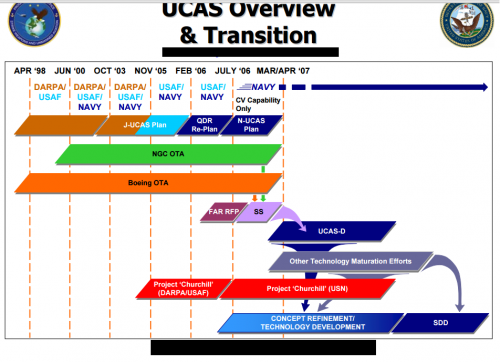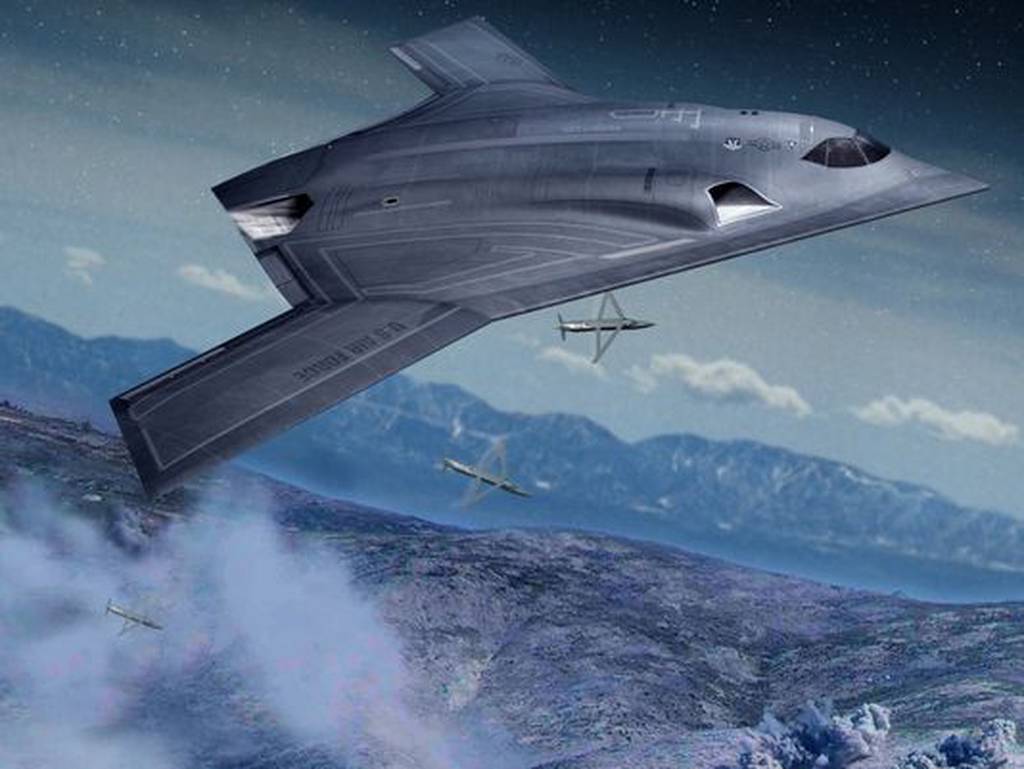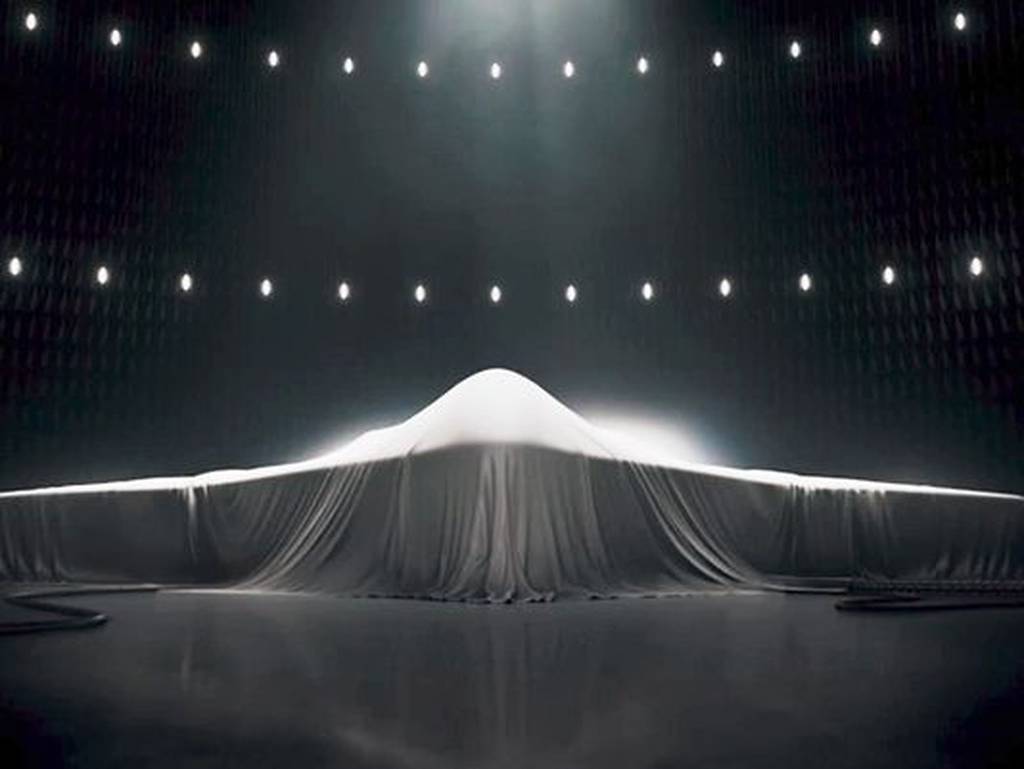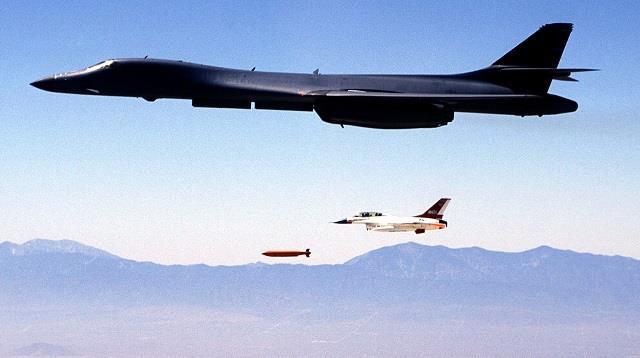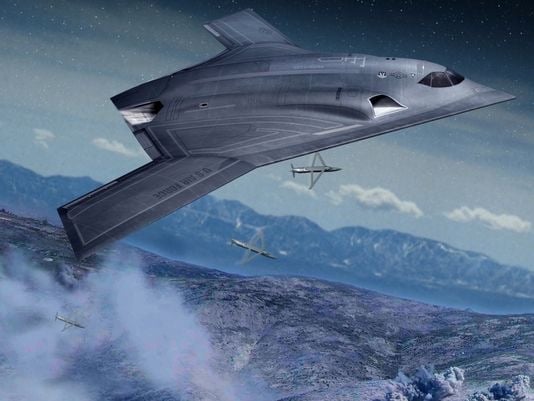The Pentagon has chosen Northrop Grumman to build the U.S. Air Force’s next strategic bomber, and Boeing, which led the competition, has filed a protest. But regardless of how that turns out, the Long-Range Strike Bomber (LRS-B) is part of an unrealistic, $1 trillion plan to rebuild the U.S. nuclear arsenal. Like much of the nuclear strategy, the proposed bomber is out of sync with military needs and budget reality. Instead of rushing headlong into disaster, as the Air Force did with the previous bomber, the B-2, the Obama administration needs to cool its jets.
The first problem is cost. The Air Force plans to build 100 new LRS-B aircraft, unofficially known as the B-3, for $550 million each plus $21 billion for development, for a total production cost of about $100 billion with inflation. Right off the bat, the bomber program will actually cost at least twice the advertised sticker price. This will not inspire public confidence.
We have seen this movie before. Back in the 1980s, the B-2, also built by Northrop, was sold to Congress and taxpayers for about $550 million each, or $860 million in today’s dollars. But the bombers ended up costing what would be $3.4 billion per copy today—a fourfold increase. Initial plans called for 132 aircraft, and then the price rose and the Berlin Wall fell. In 1992, President George H.W. Bush cut production to 21.
The B-2, sold to Congress as costing $836 million per bomber, ended up at $3.4 billion a copy. Credit: U.S. Air Force
Other Air Force programs, including the F-35 and F-22, have also experienced massive cost overruns in recent years. If you believe each B-3 will really cost $550 million, or that Congress will actually buy 100 of them, you are ignoring history.
“How many times are we going to go down this overpriced bomber road?” asks Gordon Adams, who oversaw defense budgeting under President Bill Clinton. “It’s like Lucy with the football. We never get to kick an affordable aircraft through the goalpost.”
And what about the “need” for 100 of the new bombers? Has anyone missed those 111 B-2s the Air Force never built? Yes, we had older aircraft to cover the gap, but this just shows how little we need a high-tech bomber.
The second problem is timing. The B-52H, in service since the 1960s, is expected to keep flying until the 2040s, as is the newer B-1, and the B-2 will fly until 2060, if not longer. So why start the new bomber now?
The B-3 can safely be delayed by 10 years without compromising the integrity of the bomber fleet. Current plans call for the new aircraft to enter service by 2025. By pushing it back, the Congressional Budget Office estimates that the Air Force could save up to $34 billion over the next decade, just as other parts of the nuclear arsenal—submarines and land-based missiles—will be in development as well. We can’t afford, and don’t need, to do it all at the same time.
The third problem is mission. The new bomber will be designed to evade air defenses so it can enter enemy airspace to deliver precision gravity bombs, such as the B61 nuclear bomb. But current plans also call for the bomber to carry a new $25 billion nuclear-tipped Air-Launched Cruise Missile (ALCM) to evade air defenses.
Do we need a penetrating cruise missile on a penetrating bomber? No. It’s like bringing a long bow into a boxing ring.
Former Defense Secretary William J. Perry, who oversaw development of the current ALCM 35 years ago, recently wrote a Washington Post op-ed with his colleague, former Assistant Defense Secretary Andy Weber, calling on President Barack Obama to cancel plans for a new nuclear cruise missile. Good idea.
As the Air Force rushes into the B-3 and the new cruise missile, it is the next president who will have to deal with the inevitable cost increases and budget crises. Rather than locking his successor into an unsustainable program, President Obama can do the next commander-in-chief a favor by delaying the bomber and canning the cruise missile. For once, Charlie Brown should just say “no” to Lucy and her football.
Tom Z. Collina is the policy director at Ploughshares Fund, a global security foundation, where Will Saetren is the Roger L. Hale Fellow.

